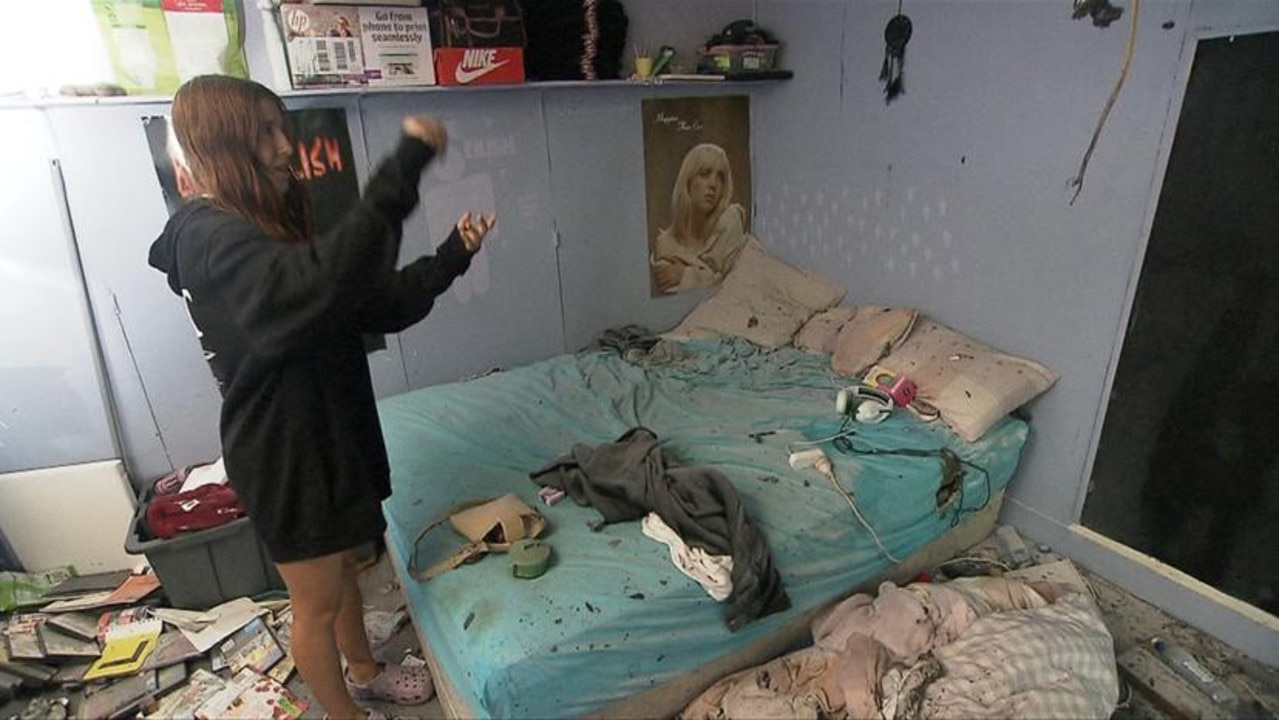Thousands of Australian businesses collapse during 2024 amid rising costs
After a horror year for thousands of Aussie businesses, one major thing will determine whether they can bounce back over the next year.

It’s been a horror year for many Australian brands forced to close their doors amid rising costs, with 40 per cent more businesses filing for insolvency since before the Covid-19 pandemic.
CreditorWatch chief economist Ivan Colhoun said businesses were facing ongoing financial pressures much like their customers who were finding ways to cut their budget amid cost-of-living pressures.
“Together with some greater caution in discretionary spending and softness in interest rate sensitive sectors of the economy, this unsurprisingly has led to higher voluntary business closures and some rise in insolvencies,” Mr Colhoun said.
“We’re yet to see the extent to which the 1 July tax cuts now flowing through the economy will ease some of the pressures on consumers and businesses.”
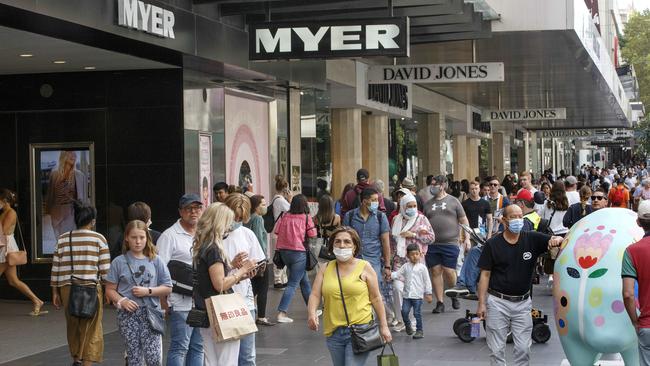
The latest CreditorWatch business risk index found that Aussie businesses were failing at their highest rate (5.04 per cent) since the height of the Covid-19 pandemic in October 2020 (5.08 per cent).
The average failure rate for Australian businesses has climbed from 3.97 per cent in October last year.
The food and beverage sector recorded the highest failure rate of all industries in October, increasing to 8.5 per cent from 8.3 per cent in the 12 months up to September this year.
Administrative and support services were next with a 6.0 per cent failure rate in October, followed by arts and recreation services (5.9 per cent) and transport, postal and warehousing (5.8 per cent).
Meanwhile, both the retail and construction industries look to be levelling out after each recorded a 5.5 per cent increase in insolvencies or business deregistrations during the same time period.
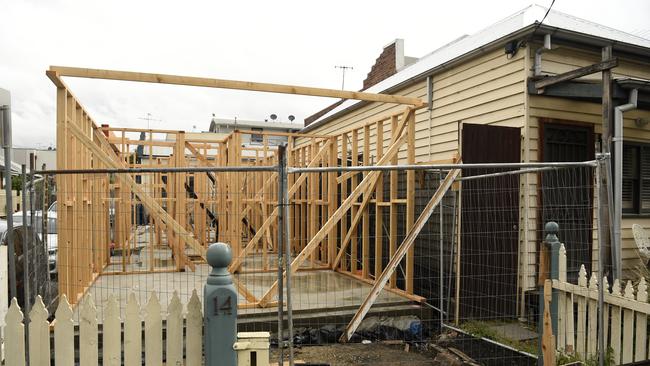
Big brands under pressure
During the 2023-2024 financial year, 2832 construction companies went into insolvency in Australia, according to ASIC data.
Some of those failed companies will have lasting impacts on vital infrastructure and business projects across the country.
Quasar Construction is just one of the construction companies that fell into administration this year. It continues to owe an estimated $60m to 600 creditors after its collapse earlier this year.
The company’s collapse potentially impacts 10 projects across NSW, including a Bunnings, a $50m shopping centre and parts of the new Western Sydney Airport.
Financial woes have also impacted the retail sector this year, with international brands like Dion Lee collapsing despite the company’s best efforts.
Not even dressing US megastar Taylor Swift at the 2024 Super Bowl helped the popular fashion brand survive the horror year in fashion retail.

Queensland University of Technology marketing professor Gary Mortimer told NewsWire that high-end fashion brands like Dion Lee had a “very small footprint and market size” that was hard to compete against brands such as Burberry or Chanel.
“When you think about the likes of Chanel, even if their fashion business isn’t doing so well, they can certainly draw business from other revenue like make-up and cosmetics,” Mr Mortimer said.
“Big brands like Louis Vuitton, Moet, and Hennessy have very differential business models, so if one element of the model or one element of the business isn’t working so well, they pull money from other businesses.
“Dion Lee wasn’t able to do that.”
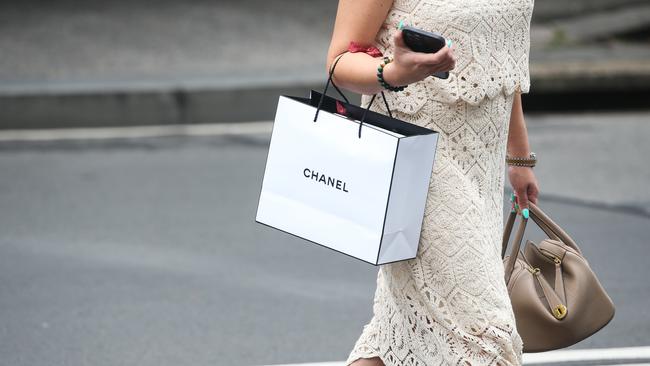
Mr Mortimer said brands were having to come up with ways to beat their competition, but that didn’t always work out for the best.
He said brands like Mosaic Brands, which went into voluntary administration in October owing $250m to creditors, tended to fall prey to “self cannibalisation”.
Mosaic Brands confirmed it was in trouble earlier this year when it announced it would shut down its entities Autograph, BeMe, Crossroads, Rockmans and W.Lane in a bid to improve investment in its other brands Katies, Millers, Noni B and Rivers.
Mosaic Brands had more than 700 stores and 10 online shops.
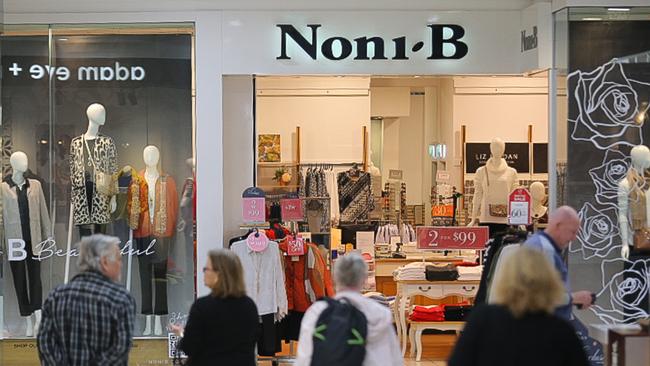
Mr Mortimer said this type of retailing structure could be problematic in the long run.
“Mosaic has five or six brands that are all targeting the same customer of the middle-aged woman,” he said.
“It was all essentially the same type of product.
“In a centre where you’d have two or three of the same brands, you’re all competing against yourself for the same customer.”
Cost-of-living pressures
The University of Sydney retail expert Lisa Asher said the cost-of-living crisis continuing to impact consumers’ discretionary spending was a major issue going against smaller Australian brands.
“Those below 65, they’re going into savings, but those over 65 have the money (to spend),” Ms Asher told NewsWire.
“Because of that, what it’s done is people have to priorities spend, and it’s shelter and food and basic necessities.”
Mr Mortimer said consumers who were tightening their budgets could have a lasting impact on businesses.
“Where we see discretionary spending categories like fashion, footwear or accessories sales have flatlined or in some cases have declined, it’s because households are more concerned about the cost of food, the cost of rent, servicing their mortgage, electricity bills going up and utilities bills going up,” he said.
“In that certain economic climate, certain categories tends to trade less and decline in sales.”

Ms Asher said consumers were more willing to turn to fast fashion, like Temu or Shein, when they want to buy something new instead of spending money on quality items.
“What has happened because of this, within apparel, there’s been lot of changes within apparel and clothing,” she said.
“Fast fashion and it’s actually killing off traditional apparel brands we’ve seen historically.”
Trying to find a way forward
Unfortunately, more businesses are likely to shut up shop in 2025.
CreditorWatch forecasts food and beverage businesses are likely to fail at 9.1 per cent in the next 12 months.
Mr Mortimer said retailers normally liked to rely on Christmas spending to help boost their profits as they head into the new year.
“We still spend about $36bn in the month across the retail sector but that’s not more than what we spent last year,” he said.
“As we move into the busy Christmas period, it’s projected that we will spend $69.7bn in the six weeks leading up to Christmas but that’s essentially what we spent last year.
“Retailers aren’t expecting a significant kick in these sales as we move into the busy Christmas period.”
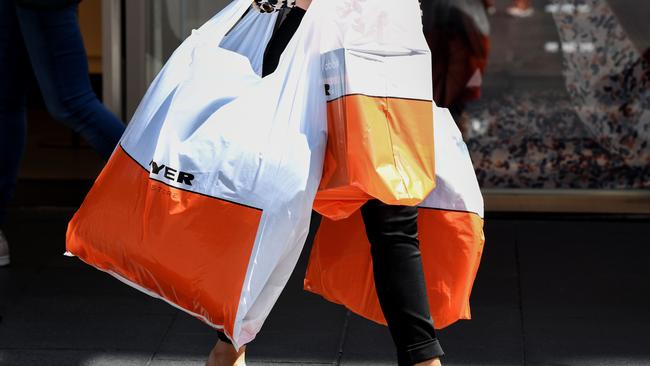
But all eyes will be on the Reserve Bank of Australia in the new year as people look to see if interest rate relief is on the way.
“A slowdown in the inflation rate will certainly help businesses, but we must remember this just means that price rises have slowed down, so the cost pressures remain,” CreditorWatch chief executive officer Patrick Coghlan, said.
“In most cases, you won’t see the cost of goods and services coming down.
“Businesses desperately need interest rates to come down so households have some relief in cost-of-living pressures and start spending more.”





